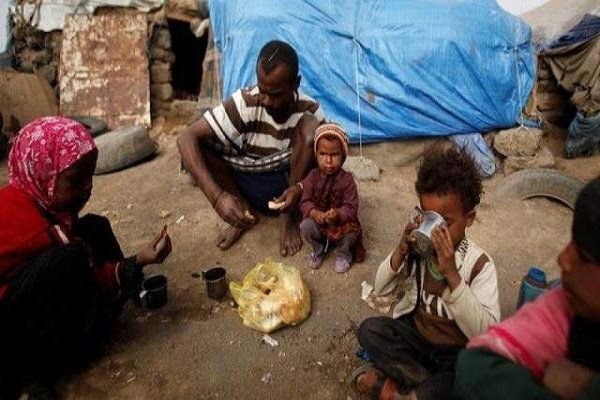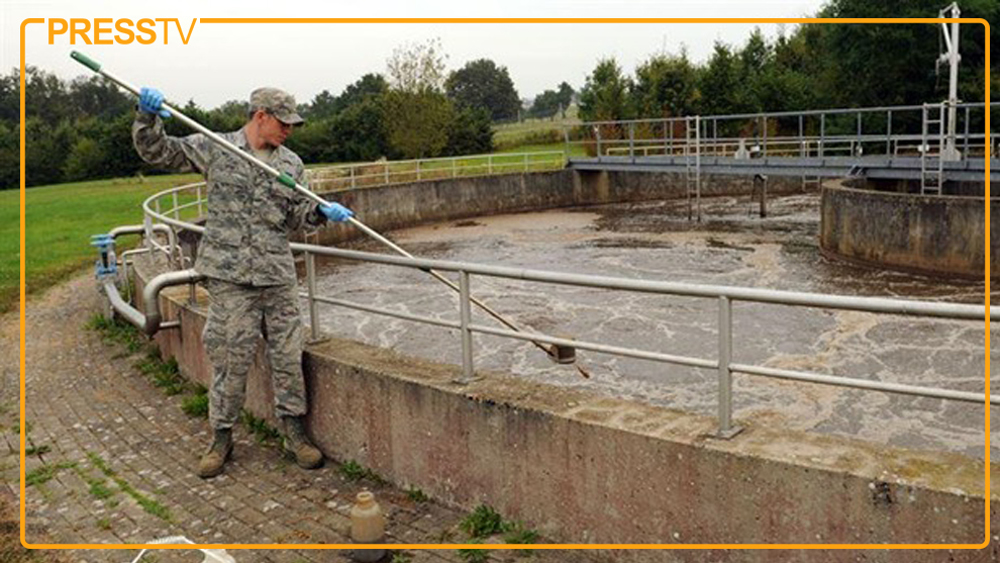Iran-Switzerland Trade Grows by 12%, Reaches $241m in 2024
TEHRAN (Iran News) The report outlines that while bilateral trade had once reached $2.5 billion in the 1970s and $3.2 billion in 2010, the imposition of international sanctions has significantly impacted economic ties, reducing trade volume to its current level. In 2024, Swiss exports to Iran accounted for approximately $221 million, while Iran’s exports to Switzerland were only around $20 million.
This trade imbalance highlights Iran’s reliance on imported goods from Switzerland, particularly pharmaceuticals, medical equipment, machinery, and chemicals. In contrast, Iran primarily exports agricultural products and handicrafts such as pistachios, saffron, and carpets. The disparity reflects a mismatch in the trade structures of the two countries, as well as the constraints imposed by sanctions on Iran’s ability to export to European markets.
The report emphasizes Switzerland’s strength in pharmaceuticals, machinery, financial services, and luxury goods, identifying it as a valuable potential partner for Iran. However, sanctions, competition from China, and international pressure continue to hinder the development of stronger trade ties.
Looking ahead, the report notes that lifting sanctions, enhancing financial channels such as the Swiss Humanitarian Trade Arrangement (SHTA), and expanding cooperation could help restore trade to historical levels. It also identifies opportunities for partnership in key sectors such as healthcare, industry, and energy. Nevertheless, in the short term—through the end of 2025—growth is expected to remain modest, with humanitarian trade likely to remain the primary focus under existing restrictions.
This trade imbalance highlights Iran’s reliance on imported goods from Switzerland, particularly pharmaceuticals, medical equipment, machinery, and chemicals. In contrast, Iran primarily exports agricultural products and handicrafts such as pistachios, saffron, and carpets. The disparity reflects a mismatch in the trade structures of the two countries, as well as the constraints imposed by sanctions on Iran’s ability to export to European markets.
The report emphasizes Switzerland’s strength in pharmaceuticals, machinery, financial services, and luxury goods, identifying it as a valuable potential partner for Iran. However, sanctions, competition from China, and international pressure continue to hinder the development of stronger trade ties.
Looking ahead, the report notes that lifting sanctions, enhancing financial channels such as the Swiss Humanitarian Trade Arrangement (SHTA), and expanding cooperation could help restore trade to historical levels. It also identifies opportunities for partnership in key sectors such as healthcare, industry, and energy. Nevertheless, in the short term—through the end of 2025—growth is expected to remain modest, with humanitarian trade likely to remain the primary focus under existing restrictions.
- source : Tasnim






























